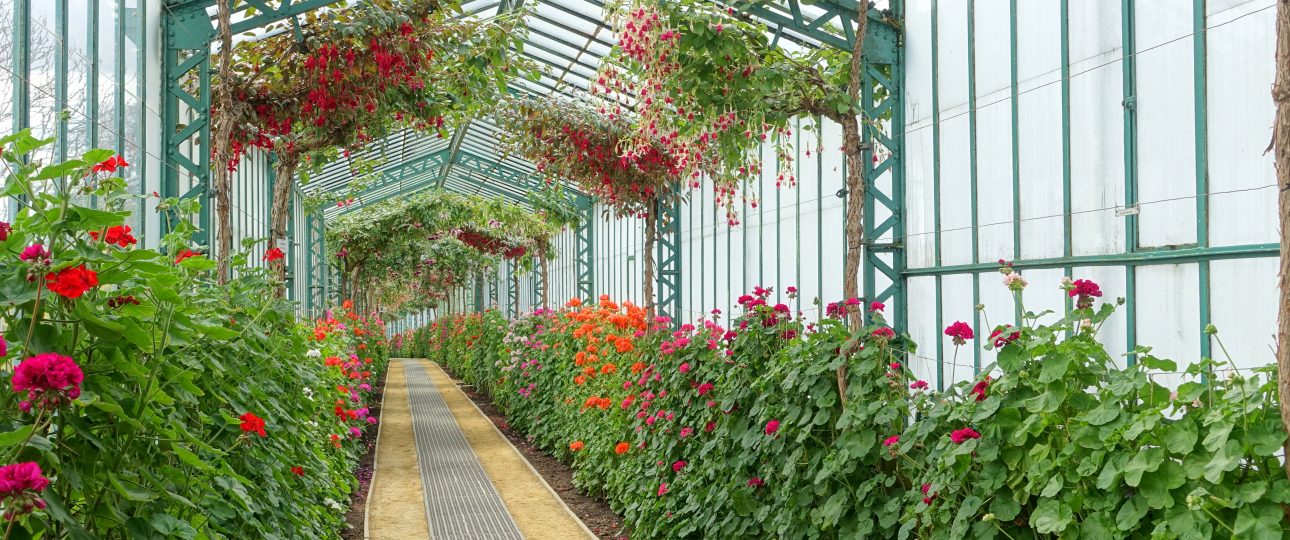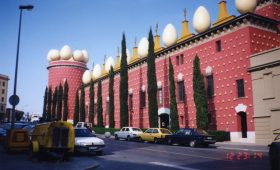Exploring the Royal Greenhouses of Laeken
Discover the Royal Greenhouses
Located in Laeken, a district of Brussels, the Royal Greenhouses are a remarkable example of 19th-century architecture. Designed by Alphonse Balat, these structures were commissioned by King Leopold II, who was inspired by the Crystal Palace in London. The greenhouses combine glass and iron in a way that was groundbreaking for their time, creating a “glass city” set against a hilly landscape.
Covering 2.5 hectares, the greenhouses house an impressive collection of exotic plants. The complex includes monumental pavilions, glass domes, and wide galleries that resemble covered streets. This architectural marvel is not just about aesthetics; it also serves as a symbol of Belgium’s colonial history, showcasing plants from Central Africa.
Sections of the Greenhouses
The Winter Garden
The Winter Garden is the centerpiece of the Royal Greenhouses. Completed in 1874, this round-domed structure has a diameter of 57 meters and a height of 25 meters. Its design allows for the growth of Congolese palm trees, a nod to King Leopold II’s colonial ambitions. The greenhouse’s cast iron architecture was influential in the development of Art Nouveau.
Inside, you’ll find a variety of plants that thrive in cooler climates, including camellias, azaleas, and rhododendrons. The air is fragrant, and the sight of these plants against the backdrop of the glass dome is captivating.
The Orangery
The Orangery, dating back to 1817–1819, is connected to the Palace via the Theatre Greenhouse. This section is home to citrus trees like lemon, orange, and grapefruit. The scent of citrus fills the air, and the vibrant colors of the fruits add brightness to the surroundings. The Orangery’s neoclassical design complements the overall aesthetic of the complex.
The Iron Church
Originally intended as a royal chapel, the Iron Church was completed in 1893. This domed greenhouse features intricate ironwork and stained glass windows. Although it was later converted into a private royal bathing house, its architectural beauty remains intact. It’s a quiet spot to reflect and appreciate the craftsmanship of the era.
Visiting Tips
The Royal Greenhouses are open to the public for about 20 days each year, typically from mid-April to early May. This is when the plants are in full bloom, making it the best time to visit. However, expect crowds, especially on weekends. For a quieter experience, visit on a weekday or early in the morning.
Getting There
Reaching the Royal Greenhouses is straightforward. From Brussels Central Station, take a short train ride to Laeken. From there, it’s a pleasant walk to the entrance. If you prefer driving, ample parking is available, though traffic can be heavy during peak hours.
Exploring the Grounds
Once inside, the greenhouses are best explored on foot. The pathways are well-maintained, but some areas may have stairs or uneven surfaces. Comfortable walking shoes are recommended. If you have mobility concerns, check with the staff for accessibility options.
With this information, you’re ready to explore the Royal Greenhouses of Laeken. Capture the beauty of this architectural and botanical wonder, and enjoy a unique glimpse into Belgium’s history and culture.




